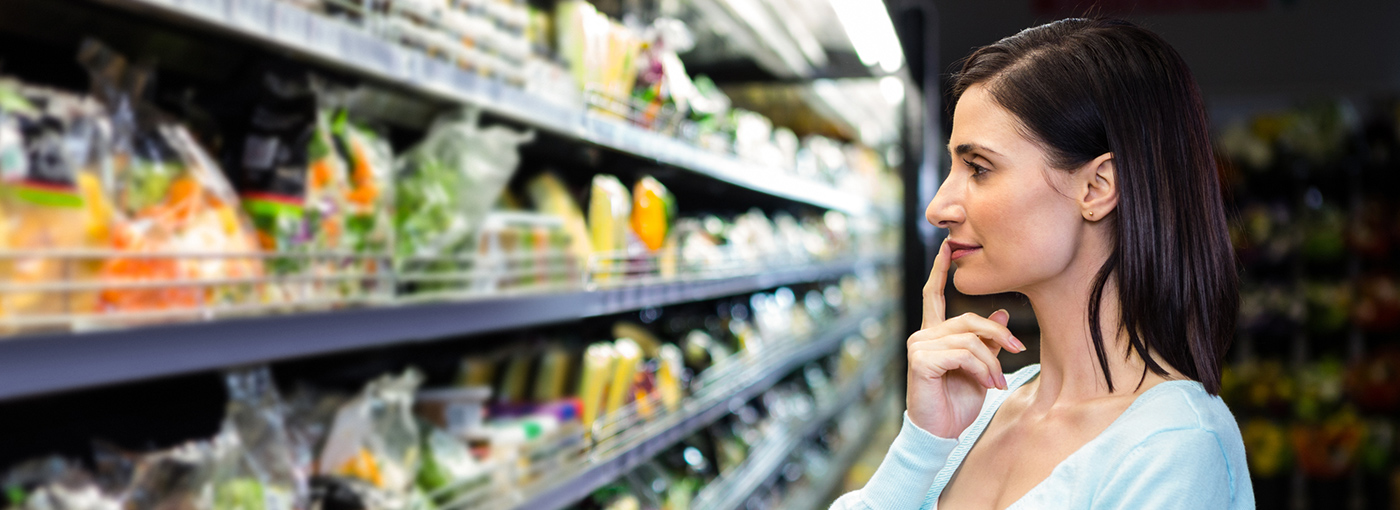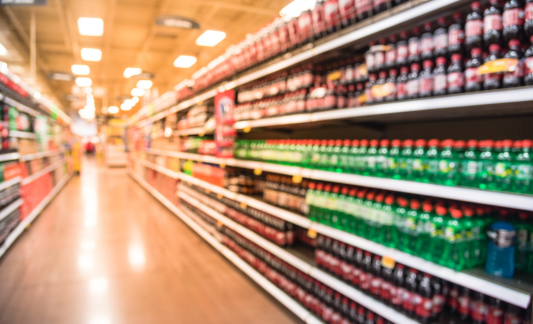Help Isom IGA recover from devasting floods

I would like you to imagine two different scenarios—in the first you are at a local theme park with your young daughters and one of them is suddenly nowhere to be seen. You search around, retrace your steps, ask people nearby if they have seen your youngest girl. In the midst of the lights from the rides, the noise of the roller coasters, the bustle of the crowd, you naturally become increasingly frightened.
And then, through the crowd, you see a carnival worker, his hand in the hand of your kid, walking through the crowd.
What do you feel? Relief? Relief then fear? This carnival worker has been with your kid, alone, who knows where?
Now imagine the same scenario. Same young kids, same crazy rides and crowds. But this time, just as you start to panic, you look across and see an employee leading your daughter through the crowd. But this time, you are at Disney World.
Not the same emotion, is it? That is the power of BRAND TRUST.
Disney and your local theme park are both in the same industry, sell the same kinds of too-expensive food, same long lines, same crazy swirl, but at one, their brand engenders trust in a way that the other just can’t.
You can measure brand trust amongst consumers. Companies like Millward Brown, universities like Kellogg in the U.S. or the University of Mercia in Spain all look at trust in the consumer mindset. They study it because brand trust drives brand sales. Trusted brands are more profitable. Trusted brands grow market-share. Trusted brands survive and thrive.
In the retail food industry, we have seen a complete reversal of brand trust. Shoppers used to think national chains were more trustworthy. In restaurants specifically, chains like Olive Garden, Panera, Chipotle, and Red Lobster got higher marks than local restaurants.
Not any more. Consumers increasingly are afraid that national chains are part of an industrial food system that produces food designed for profit and not for taste, nutrition, or well-being. Things like food recalls, restaurant E. coli scares, and more have changed consumer mindsets about food. Decades of negative news articles on the modern industrial farm machine have seeped into our consumers’ collective mindset to the point where they mostly don’t trust the things they eat.
And because they are afraid, they are looking for help. Think about your own eating habits—how often do you trust the reviews on a rating application like Yelp? Are 20 shoppers who ate at a restaurant you are considering really that reliable? Where else do you go for advice on healthy eating choices?
In the grocery industry, as consumers worry more about nutrition, their weight, and their health, shoppers are concerned about the food choices they make. Consider these statistics:
- 71 percent of shoppers are increasingly concerned about the quality of food they eat, while only 11 percent feel highly confident in the food choices they make.
- 67 percent think national chains sometimes sell food that isn’t healthy or high quality.
And just as consumers think national chains are somehow part of the problem of the modern industrial farm system, they feel the opposite about their local chain. In fact, shoppers think their local store is twice as likely to buy from local and regional farms as a national chain like Kroger or Walmart.
If you want to build trust in the grocery industry, start with quality, fresh, local, and healthy. Those attributes define what modern shoppers crave most from their local food retailers.
The good news is that IGA scores at the top of the charts on owning the word “local,” more than any national brand. But this brand legacy comes with an obligation—we have to make sure shoppers continue to know that we take quality and healthy seriously.
The new IGA tagline Local equals Fresh is designed to do just that. We have an entire new branding and visual merchandising system for you to use, and everything from our website and social media program to our updated private label brand will feature the same messaging. Shoppers want what we do, and we intend to tell them in a bold, big way that IGA is the brand to trust when it comes to the food they feed their family.
This week, take a walk through your store and ask yourself, "Do shoppers know that we buy locally? Do they think my store sells healthier items than our competitors? Do I have any choices in my deli or prepared food area that are better quality, healthier than what customers could get elsewhere? And if so, do I even tell shoppers?"
I encourage you to look through the new Local equals Fresh visual merchandising system. Whether you buy the entire kit, just order a few signs, or use the graphics but adapt them to your local branding, you should find plenty of ideas on how to up-brand your store. Done right, you will impress your existing shoppers. Even better, you will attract new shoppers who want to believe local stores are concerned about quality.
Your customers will love the new messaging. Your associates will be proud of the messaging too!
Previous Story
← Ptacek’s pays it forward with “random act of kindness”
You May Also Like
These Stories on From the Desk of
Dec 18, 2025 9:32:36 AM |
3 min read
Dec 10, 2025 4:57:50 PM |
1 min read


No Comments Yet
Let us know what you think